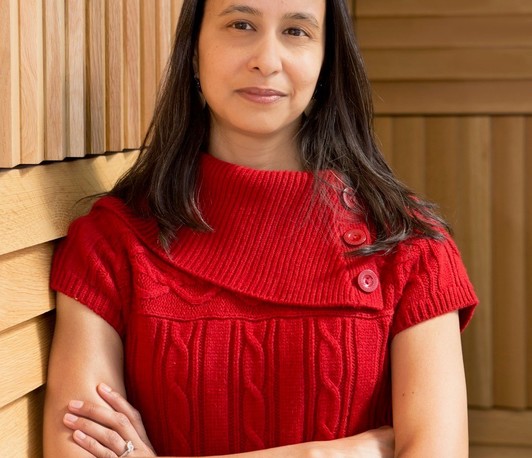Circuit Mechanisms for Dynamic Acoustic Communication
- Datum: 11.11.2022
- Uhrzeit: 16:00 - 17:00
- Vortragende(r): Mala Murthy
- Professor and Director, Princeton Neuroscience Institute, Princeton University
- Ort: Zoom
- Gastgeber: Jennifer Li/Drew Robson (Lilian de Sardenberg Schmid/Vikash Choudhary)

Social interactions require continually adjusting behavior in response to sensory feedback. For example, when having a conversation, sensory cues from our partner (e.g., sounds or facial expressions) affect our speech patterns in real time. Our speech signals, in turn, are the sensory cues that modify our partner’s actions. What are the computations and neural mechanisms that govern these complex interactions? To address these questions, my lab has been studying the acoustic communication system of Drosophila. We have developed new methods to quantify and model social behaviors, and by combining these with the wealth of genetic and circuit tools available for Drosophila, have begun to uncover how the brain orchestrates the back-and-forth exchange of information that characterizes social interactions. During courtship in Drosophila, males produce time-varying songs via wing vibration, while females arbitrate mating decisions. We discovered that male song structure and intensity are continually sculpted by the movements of the female, over timescales ranging from tens of milliseconds to minutes – in this talk, I will present new results on the underlying circuit mechanisms, from visual processing to the sequencing of actions. My lab also investigates how song representations in the female brain drive changes in her behavior, again across multiple timescales, and I will additionally share some of our new directions on this side of communication. Our focus on natural acoustic signals, either as the output of the male nervous system or as the input to the female nervous system, has provided a powerful, quantitative handle for studying the basic building blocks of communication.